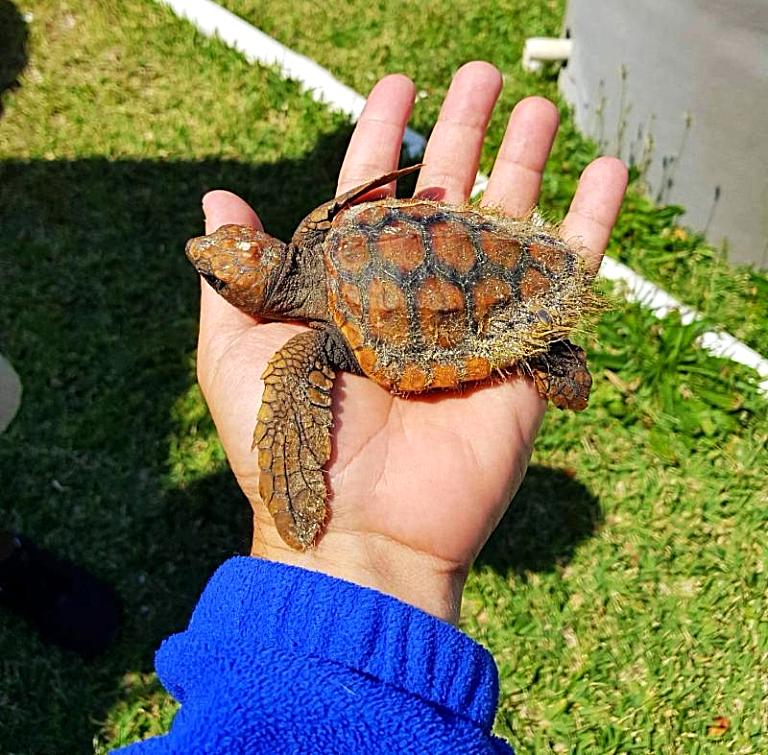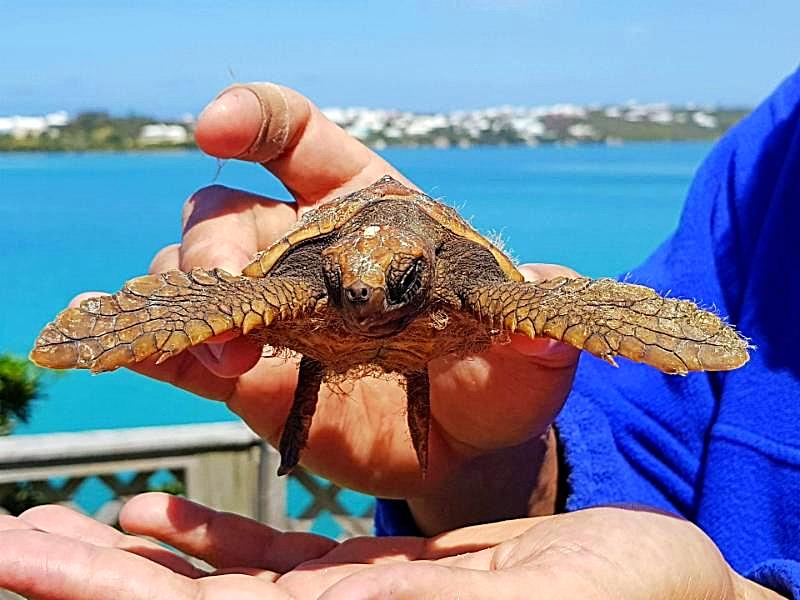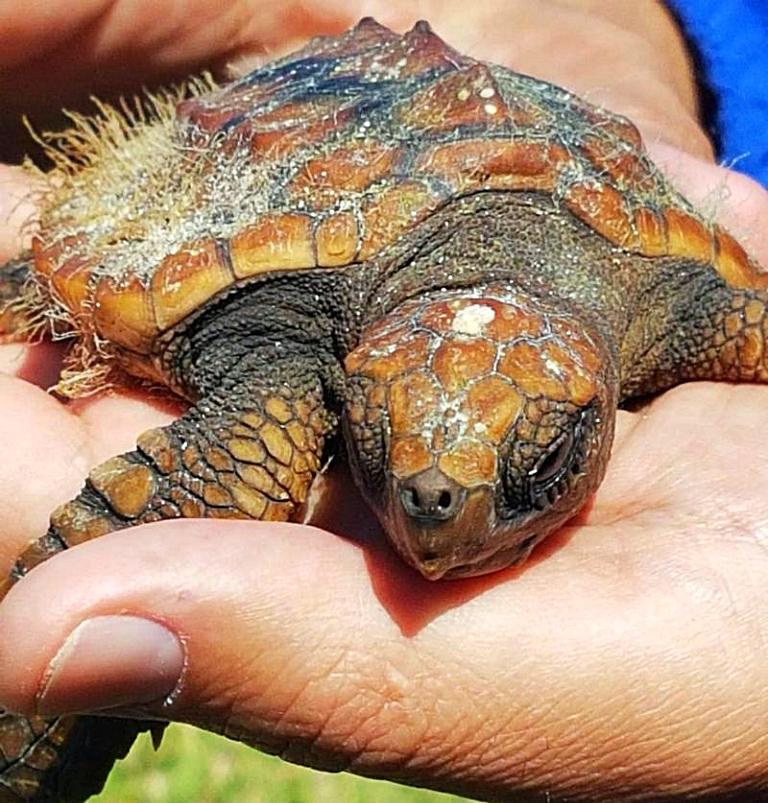Recent News
Remembering the Life of the 'Ocean Vet'Wednesday, November 12, 2014
Where do I begin? How do I find the words? How do you even begin to describe the impact that one person can have not on your own life, but on an entire country?
'Ocean Vet' Burnie dies in diving incident
Wednesday, November 12, 2014
Dr Neil Burnie, the noted veterinarian and fisherman who is well known for his research on marine species, died yesterday after running into difficulties while diving at Horseshoe Bay Beach.
Tributes to an admired custodian of the sea
Wednesday, November 12, 2014
The late veterinarian and ocean activist Dr Neil Burnie has been described as one of Bermuda’s best-loved characters and legendary custodian of the sea.
Bermuda Mourns The Loss Of Dr. Neil Burnie
Tuesday, November 11, 2014
The island is today mourning the loss of Dr. Neil Burnie, the well-known veterinarian and colourful character with an unmatched passion for Bermuda’s marine wildlife.
Staff at BAMZ respond quickly to Hurricane Gonzalo damage
Thursday, November 06, 2014
It takes a great deal of time and energy to prepare your home for an impending storm — making sure your home is secure, that you have an ample supply of food and water, and, if you have pets, making sure they are kept inside and safe.
About
GovernanceAbout Us
Newsletter
Latest News
Gift & Bookstore
Contact
General Inquiries
info@bzs.bm
Latest News
All the latest updates and news from the Bermuda Aquarium, Museum, and Zoo, one of Bermuda's leading visitor attractions!
Excerpt from WILD News May 2018

This is Sheldon, a juvenile loggerhead turtle. Between December and March juvenile sea turtles (loggerheads, hawksbills and green sea turtles) will be swept up past Bermuda as they drift with their transient home of Sargassum. Sargassum is brown algae found in the Atlantic Ocean that forms dense floating masses called rafts which provide shelter, transport and food for many organisms. During this stage of their life (post hatchling), turtles are carried around with the currents. The Sargassum provides food such shrimp, tiny crabs and fish. Sea turtles eat whatever floats by and this often gets them into trouble. The Sargasso Sea is located in the North Atlantic Gyre and collects lots of microplastics. Sea turtles are not picky eaters and may eat the plastics This can cause an impaction of their digestive tract which can be life-threatening.


As they pass by Bermuda, they may be washed ashore by a winter storm or get picked up by birds that later drop them. As a result, these little critters can end up on one of our beaches or dropped amongst the rocks. The Wildlife Rehabilitation Department at BAMZ sees one or two post hatchling sea turtles a year. These post hatchlings are three to four inches in length and tend to be thin and exhausted from their journey. Because of their tiny size, they may have sustained injuries from predator attacks. We monitor them and give them time to rest and regain strength. Any injuries are treated and an appropriate amount of time is given to heal. We wait until the water warms up and we see large rafts of Sargassum returning offshore (May or June) before releasing them. By this time they have grown six to eight inches long. The release is done offshore so they can pick up the currents under a Sargassum raft and continue on their ocean journey. They will return to Bermuda again in 3-4 years as they move from their pelagic lifestyle to the reef shelf.

The current juvenile loggerhead was found on the beach at Willowbank on March 30, 2018. It appears healthy and is gaining weight. We hope to get it back out to the big blue in the near future. Note the tank it is currently in is actually the perfect spot for it at the moment. It would normally be in the open ocean all day in a vast sea of blue, and only given shelter by a Sargassum raft. The blue background is exactly what it would be seeing in the wild. Also, we can't tell the sex of the turtle at this age without a blood sample, so the sex remains unknown.



